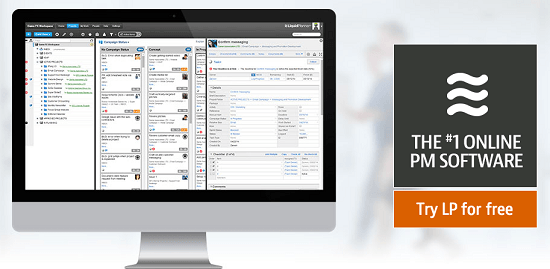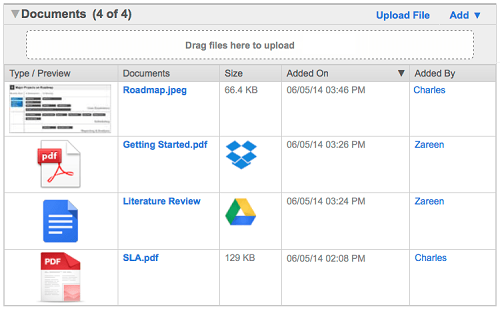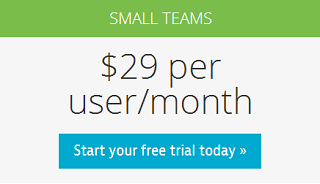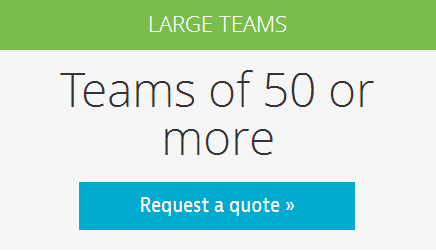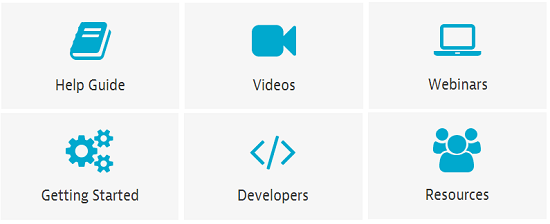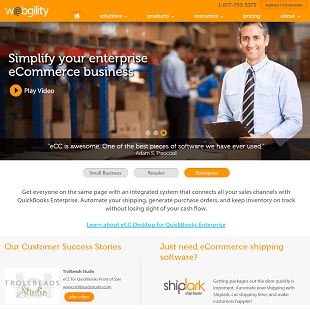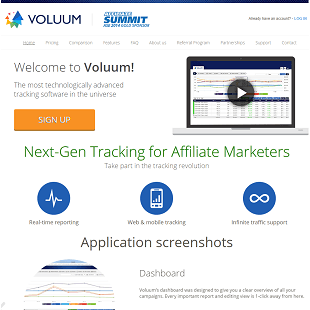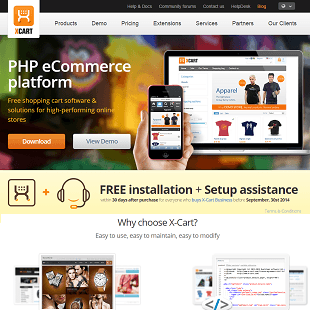Based in Seattle, LiquidPlanner is a company specializing in online project management software. After their founding in 2006, they launched their first release to the public in 2008. An online project management system that is platform independent, LiquidPlanner features ranged estimates for expressing uncertainty in the schedules of projects.
Via mobile application for iPad, Android, and iPhone operating system devices as well as modern web browsers, one can access this collaborative software.
I have done a lot of collaboration work over the years with users based around the world. Consequently, I have also used my fair share of project management software to streamline the process. I was excited to test out LiquidPlanner for this review because I had never used it before, yet I had heard great things. Below is my in depth analysis of LiquidPlanner.
About LiquidPlanner
Two former senior managers of Expedia, Jason Carlson and Charles Seybold, founded LiquidPlanner. Today, the company also employs alumni from Google, Intel, and Microsoft. LiquidPlanner’s customers number in the thousands and are located in over 50 countries in various sectors, such as education, healthcare, manufacturing, professional service firms, telecommunications, government, and more.
From just about anywhere, the online based LiquidPlanner allows participants to contribute to a project. Plus, team members can keep close track of every part of their workflow with the help of advances reporting, a rich feature set, unlimited projects, and impressive online file storage.
With shortcut keys and drag and drop functionality, LiquidPlanner is created similarly to desktop software, except it includes a home screen that is inspired by Facebook’s New Feed.
Top Features of LiquidPlanner
LiquidPlanner is packed with features. I simply cannot cover all of them in the scope of this review, but I will give you the highlights. I encourage you to visit LiquidPlanner.com to get the full picture.
LiquidPlanner offers billing and pay rate sheets; time sheet approval and review; task timers; project cost analytics; time sheet export to Excel, Quickbooks, or XML; customizable activity codes; and integrated time sheets. In a single action, users can update their individual time sheets and the project plan.
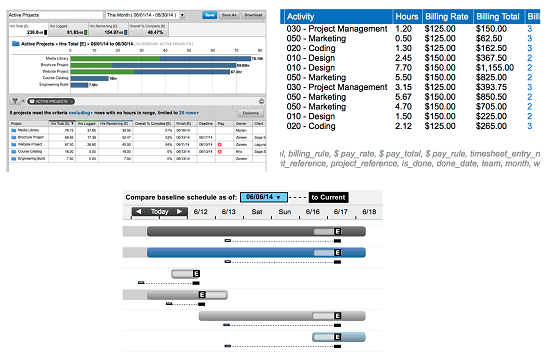
As far as scheduling goes, project managers can
- Create project pipelines
- Evaluate using worst case/best case effort estimates
- Drag and drop tasks or projects by priority level to generate schedules automatically based on task owners, estimates, and resources assignments
- Pause, assign, or delay effort values to any item in the project plans
- Set deadlines
- Create dependencies
With the customizable Report Builder, project managers can report on custom fields, teams, clients, activities, people, and projects.
The actual reports can roll up dynamically based on changes made by any workspace member, combine forward looking and past data, export data in PDF or CSV format, and can be run against custom or preset date ranges. Manager level workspace members can share, rerun, and save reports at any time.
Project teams can collaborate using documents attached directly from Box, secure project portals for stakeholder/client sharing, document upload, 100 GB of document storage space, Outlook and Google calendar integration, rich text links and descriptions, and comment streams and email notifications.
Based on the portfolio structure of the related plan items, all collaboration materials are automatically organized.
A flexible structure is provided by LiquidPlanner’s online project workspaces. This allows for project change history and access controls; custom task and project fields; portfolio/project grouping; unlimited tasks, clients, events, and projects in each workspace; filtering; and drag and drop reorganization.
LiquidPlanner Prices
LiquidPlanner essentially only has one plan that costs $29 per month per user. There is custom pricing for large teams of 50 or more members. All of the plans include:
- Custom activities, teams, and fields
- Project portals for client access
- Notifications, alerts, and time tracking
- Dynamic schedule view that is similar to a Gantt chart
- Android and iOS applications
- 100 GB document storage
- Free email and phone support
- Unlimited number of projects
- API access
- Regular feature updates
- Resource management features
- Advanced calendar and email integration
- Social collaboration features
- Built in dashboards and reports
- Key third party software integration
- World class training
$29 is admittedly a bit steep for project management software. They do give you a free 30 day trial to see how powerful the software is before you actually buy. You do not even have to give them your credit card information, so there is no need to cancel after the trial to avoid being charged automatically.
Also, there are opportunities for big savings for teams in the education and non-profit sectors. Non-profits that qualify can earn as much as half off the standard $29 per month rate. Teachers and students can get free licenses to help manage course projects. And, school administrators get 50 percent off.
Criticism of LiquidPlanner

My biggest complaint has to do with the price. Sure, it is just under a buck a day to use this software, but there are alternatives out there that are much less expensive or free. Of course, you get what you pay for. This is definitely the case with LiquidPlanner. You are getting the best applications that money can buy.
The only other complaint I had was that the interface is a bit overwhelming. At first, I felt like I was being bombarded with information and was a bit confused about how to get anything done. But, I was able to get the hang of it after a few days of tinkering. Now, using the LiquidPlanner interface is like second nature to me.
After researching LiquidPlanner online, the biggest issues users had were with the integrations. They were having trouble integrating with ERP, accounting, and CRM software. After a little research, I found that all of these integration concerns could be fixed by simply using LiquidPlanner’s APIs to create the integrations.
Customer Support
LiquidPlanner provides its customers with a wealth of resources. If you are more of a visual learner, there are a variety of product videos from the more basic “Crash Course” to the more involved “LiquidPlanner Analytics.” There are also live webinars on an almost daily basis. The webinars include question and answer sessions, so you can be sure you get the information you need.
If you prefer to just sit down and read manuals, there are extensive help guides with detailed pictures. Each of the features is explained in detail, plus there are also resources for developers. They even provide guides on how to successfully roll out LiquidPlanner for your team.
If that is not enough, there is an array of ways to contact LiquidPlanner. They have toll free numbers, email support, and a support ticket system. I was able to receive quick responses when I contacted them via phone and email during regular business hours.
Conclusion
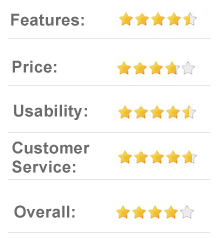
You will appreciate LiquidPlanner if your team is ready to do away with the mess of Google Docs, email conversations, and Excel spreadsheets that seem to end up burdening a team more than they actually help. To free up team members to work on other projects and to satisfy customers, anyone can use LiquidPlanner to decrease project completion times and to increase communication efficiency.
Everything a project manager needs to generate advanced reports for stakeholders and management is included in this priority based online project management solution. You can ensure resource accountability and keep project budgets transparent with real time comparisons to projections.
I strongly recommend LiquidPlanner to any team that needs the best software available and has the room in their budget. This online solution is ideal for small teams and teams that are working remotely.

